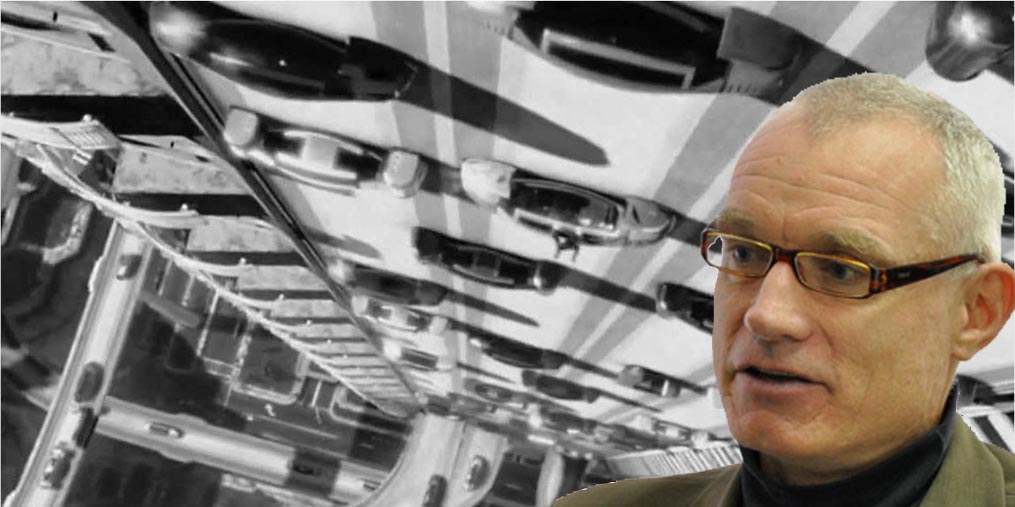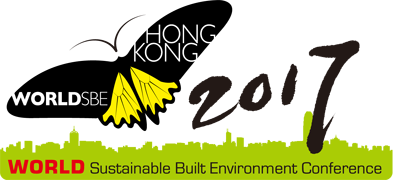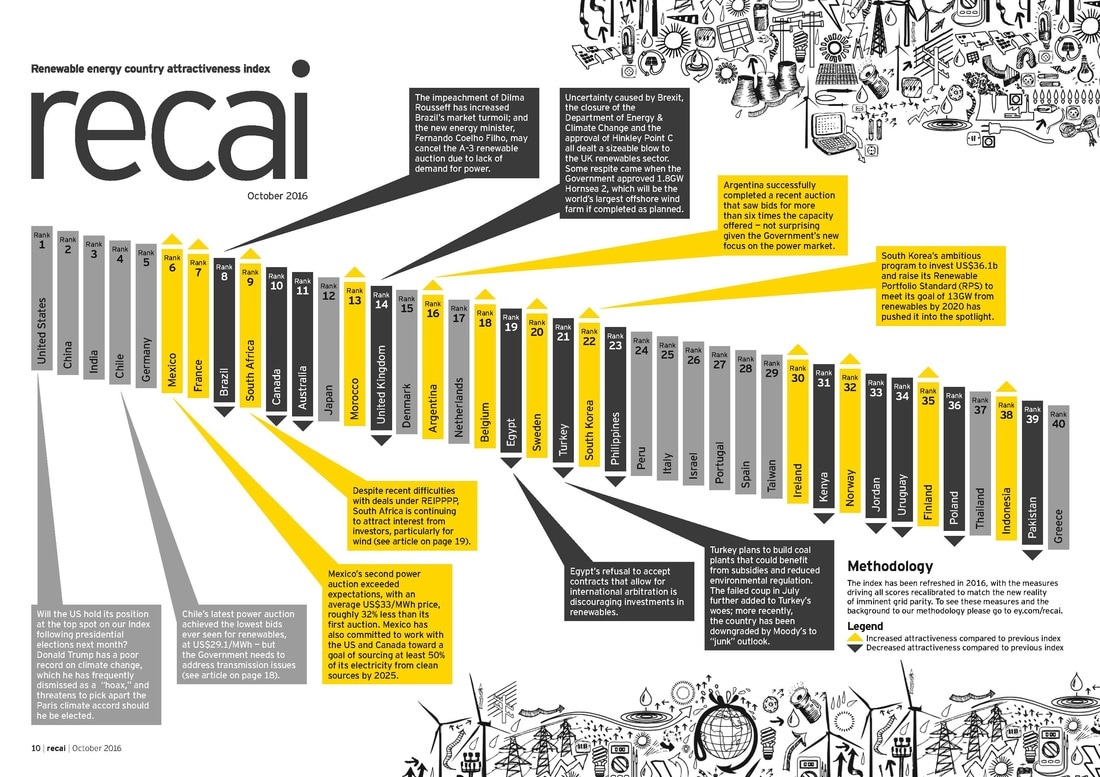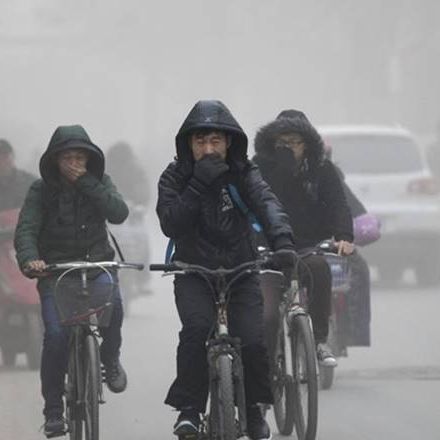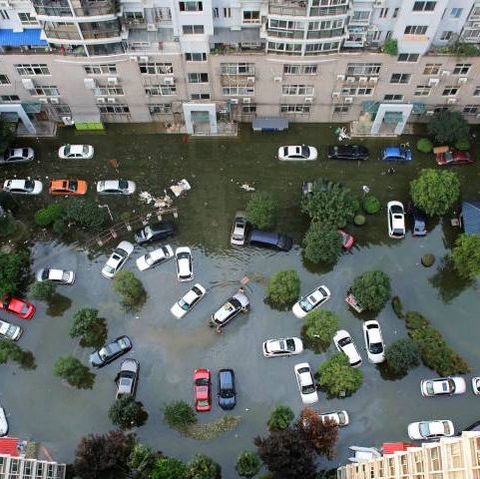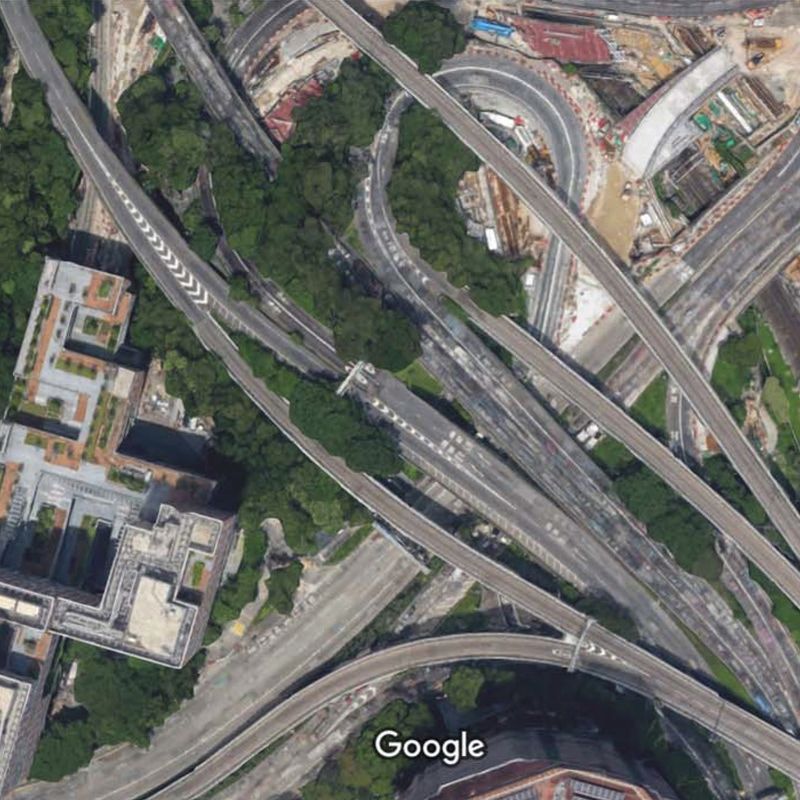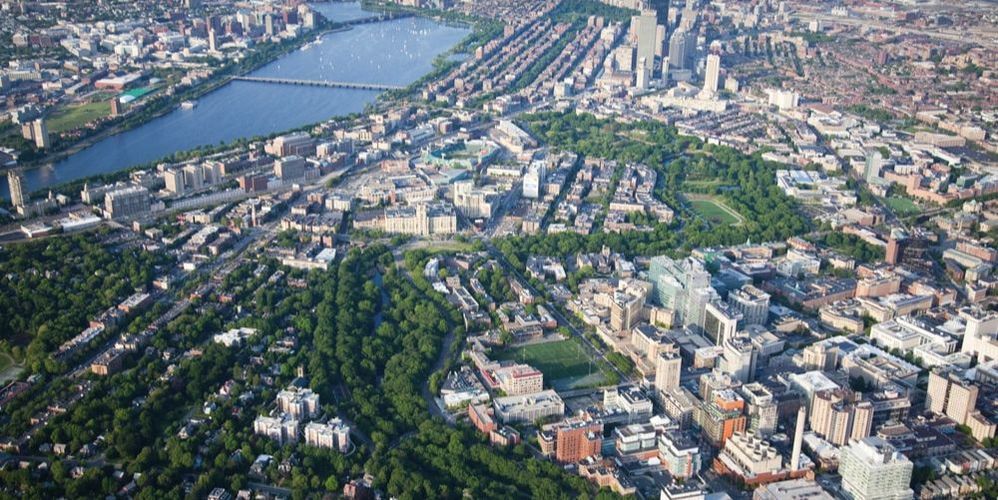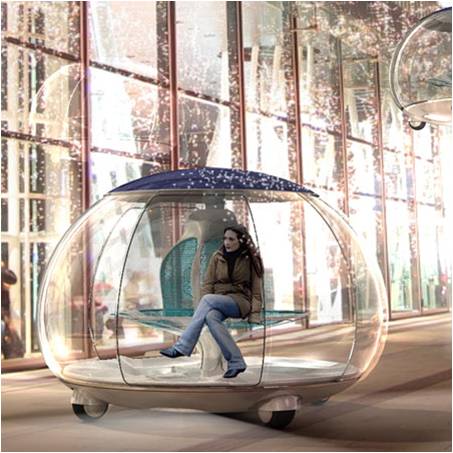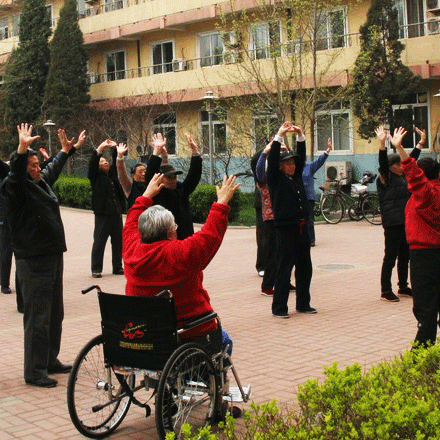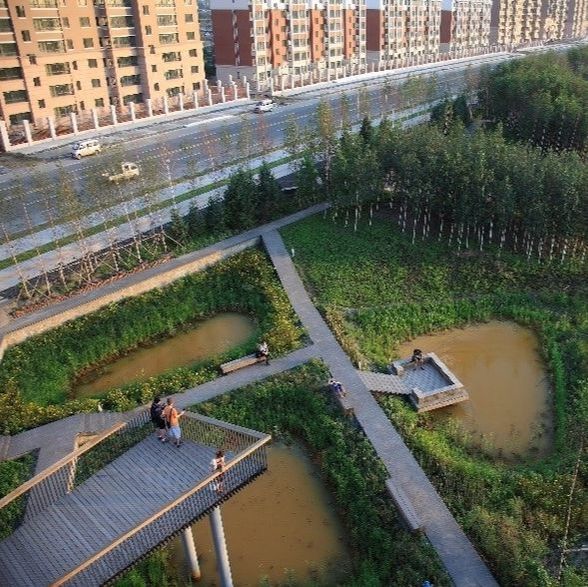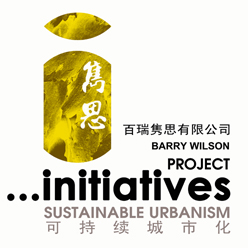|
10 Simple Ways to Futureproof Our Cities
14/06/2017
barrysays
We are all waking up to the fact that the world we live in is changing very fast. Technology, business and social structures are rapidly evolving to meet new challenges. But cities are slow to respond. They take time to plan, finance and construct. And by the time they are built they are already out of date. In fact, using past metrics to plan future development is appearing to be a redundant model and a very costly one at that. Akin to businesses, we need to adjust the ongoing planning of our cities to an unknown, but very different future, to provide shock absorbers to change and to flexibly align our development thinking to that unknown future. It’s important that a new vision of much better living places than we have at present acts to guide us however and that we understand the urgent need to throw out the business-as-usual planning approaches that have brought us to this rather desperate point.
OUR NEED TO CHANGE
OUT WITH THE OLD IN WITH THE NEW
TEN SIMPLE FUTUREPROOFING STRATEGIES
Barry Wilson is a Landscape Architect, urbanist and university lecturer. His practice, Barry Wilson Project Initiatives, has been tackling urbanisation issues in Hong Kong and China for over 20 years. (www.initiatives.com.hk).
2017/04/11
Share And Share Alike 2017/03/08 A Bridge Too Far? 2016/12/07 No Stopping Rapid Change 2016/10/27 Wars of the Road |
Reference:
[1] Beyond 50.05: A Report to the Nation on Livable Communities: Creating Environments for Successful Aging. ARRP What is the New Urban Agenda? It is an outcome document agreed upon from the Habitat III cities conference in Quito, Ecuador, in October 2016. It is intended to guide the urbanisation efforts of nations, cities and regional leaders, as well as international development funders, United Nations programmes and civil society. Why is the New Urban Agenda Important?
Its intention is to strongly guide how our world changes over the next 20 years. Inevitably, it will also lay the groundwork for policies and approaches that will extend, and impact, far into the future. What does the New Urban Agenda cover?
It seeks to create a mutually reinforcing relationship between urbanisation and development, whereby they work in tandem towards more sustainable development. It offers guidelines on a range of “enablers” that can further cement the relationship between urbanization and sustainable development. When implemented, they result in better outcomes for patterns of land use, how a city is formed and how resources are managed. The three key operational enablers are referred to as the “three-legged” approach:
What priorities guide the New Urban Agenda?
The world majority has now become urbanised, lending extra urgency to the New Urban Agenda. Core issues of adequate housing and sustainable human settlement are the focus as the number of people worldwide living in urban slums continues to grow. There is also an increasing recognition that cities have morphed into mega-regions, urban corridors and city-regions whose economic, social and political geographies defy traditional conceptions of the “city” and have become the major drivers of national economies. What are the key factors of the New Urban
Agenda?
Key importance on figuring out how to set up a global monitoring mechanism to track all of these issues and concerns. |
Services |

